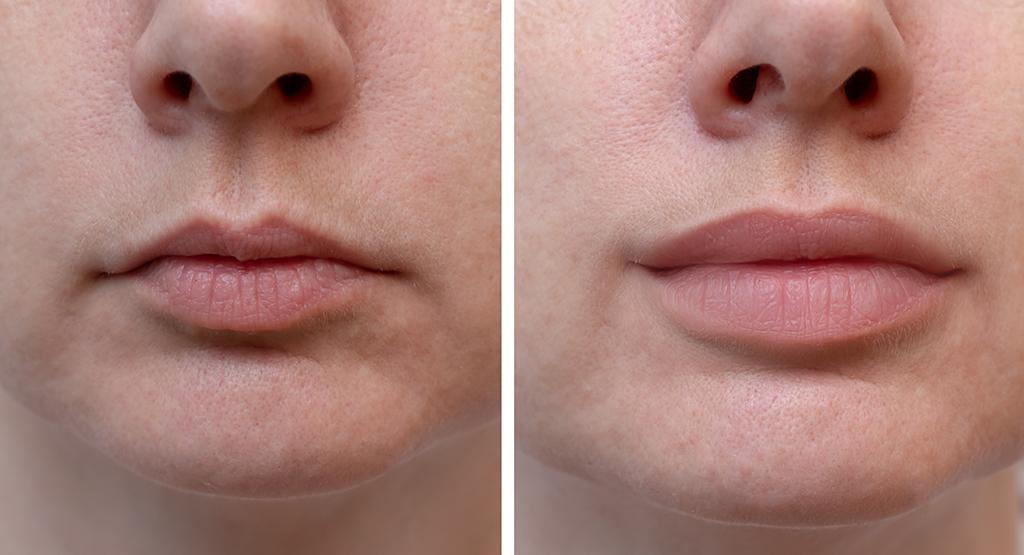
Has your face lost the youthful plump and volume it once had? Have lines and wrinkles replaced your skin’s supple glow? Well, the good news is, you’re not alone.
As we age, we lose collagen and fat, which ultimately causes our faces to droop. And if you’re like the 2.6 million people in 2018 who were looking for a solution to the natural effects of aging, you might find yourself looking into fillers.
What Are Fillers?
Face fillers, also known as dermal fillers, are gel-like substances (often hyaluronic acid) that are injected beneath the skin to reduce fine lines and wrinkles that form as we age. This cosmetic injection is a non-surgical solution that also restores facial symmetry and plumps up areas suffering from age-related volume loss.
As with any cosmetic treatment, results do vary, but many patients enjoy natural-looking results with no downtime. Depending on what you’re targeting, fillers can help:
- Plump thin lips
- Soften vertical lip lines
- Enhance shallow contours
- Fill in acne scars
- Fill in under-eye hollows
- Soften glabellar lines
- Soften nasolabial folds
- Volumize pre-jowl depressions
- Lift, contour, and restore volume to the cheeks
You may be thinking, “Oh, that sounds like Botox!”— but the mechanism of action for dermal fillers and Botox are very different. Botox simply “freezes” muscles to reduce wrinkles, rather than actively smoothing skin and wrinkles like fillers.
That said, fillers can be used along with Botox or similar neuromodulator treatments to achieve a more specific facial rejuvenation.
Who Should Get Fillers?
How do you know if you’re a good candidate for fillers? We’ve already mentioned the tell-tale signs, but it’s best to schedule a consultation with a board-certified dermatologist who understands the anatomy of the face before making an appointment.
Do Filler Injections Hurt?
You may experience some slight discomfort as the injection enters the skin. What certainly doesn’t hurt are these benefits:
- Immediate and visible results in the target area
- No recovery or downtime
- Minimal risk (risks do include redness, swelling, mild bruising)
- Lasting results for up to 6 to 18 months
- An instant confidence boost!
Do’s and Don’ts of Fillers
Did you finally set your appointment? Let’s run through the do’s and don’ts of fillers, so you know how to properly care for your skin before and after the procedure.
Do
- Tell your dermatologist if you’re pregnant or planning to become pregnant
- Let your dermatologist know if you have a history of cold sores if you want lip fillers
- Apply arnica topically and continue to take oral arnica at home to help reduce bruising
- Eat pineapple after getting fillers to help with bruising
- Put an ice pack on the injection site to help with swelling
- Take acetaminophen or antihistamines to help reduce swelling and itching
- Use caution when applying sunscreen and makeup to the area
Don’t
- Exercise for two days after the procedure or wait until the swelling subsides
- Rub the treated area unless instructed
- Itch or pick around the injection site
- Apply intense heat to the treated area (i.e. hot tubs, saunas, sunbathing, tanning)
- Drink alcohol the day of the treatment and try to avoid drinking for the two days following the injection
If you’re ready for a personalized consultation about dermal fillers, contact Windsor Dermatology today, and learn more here in the meantime.



